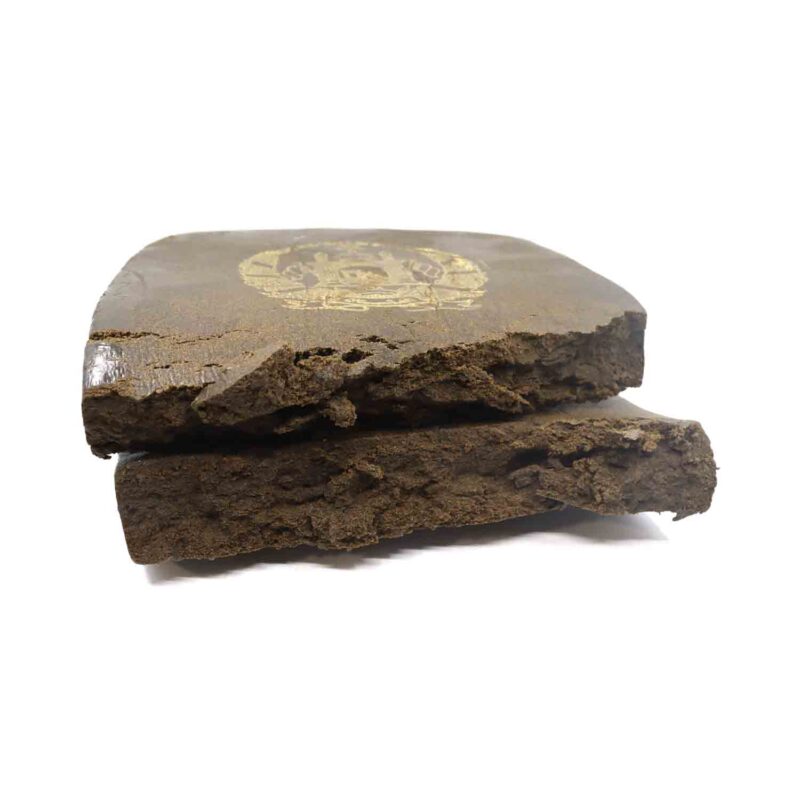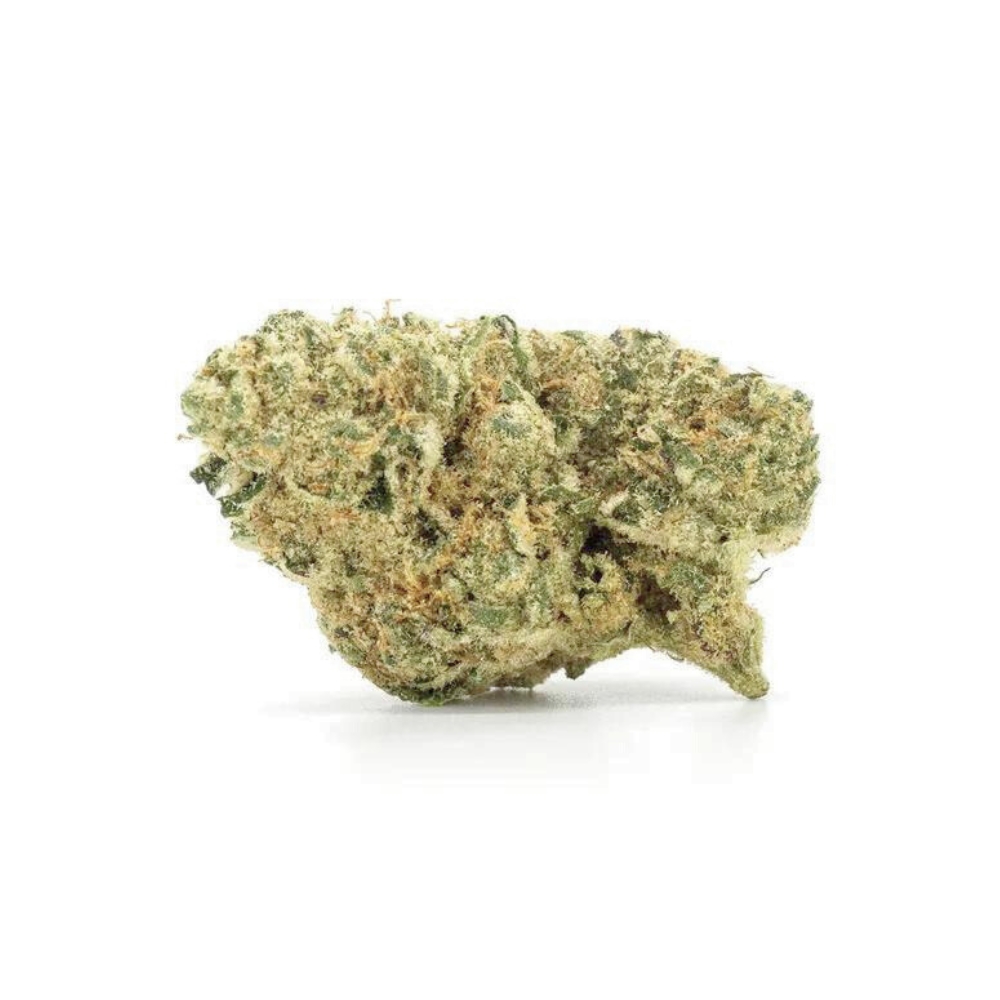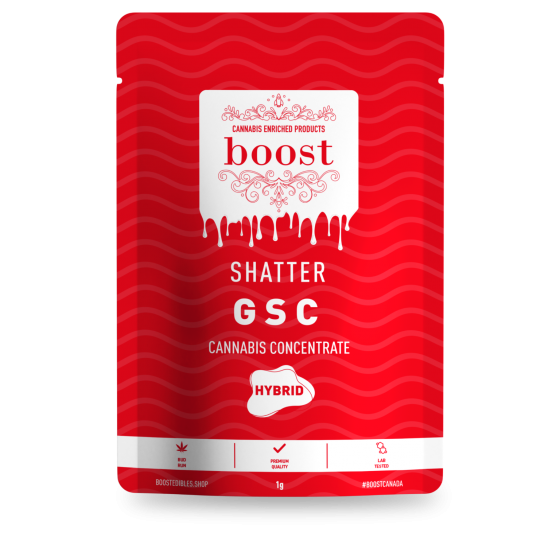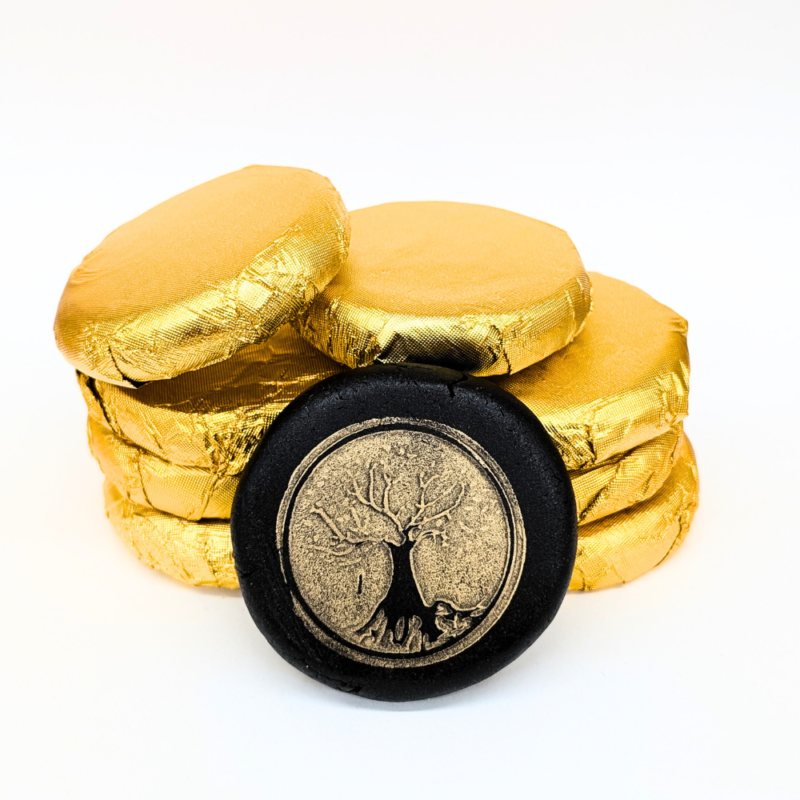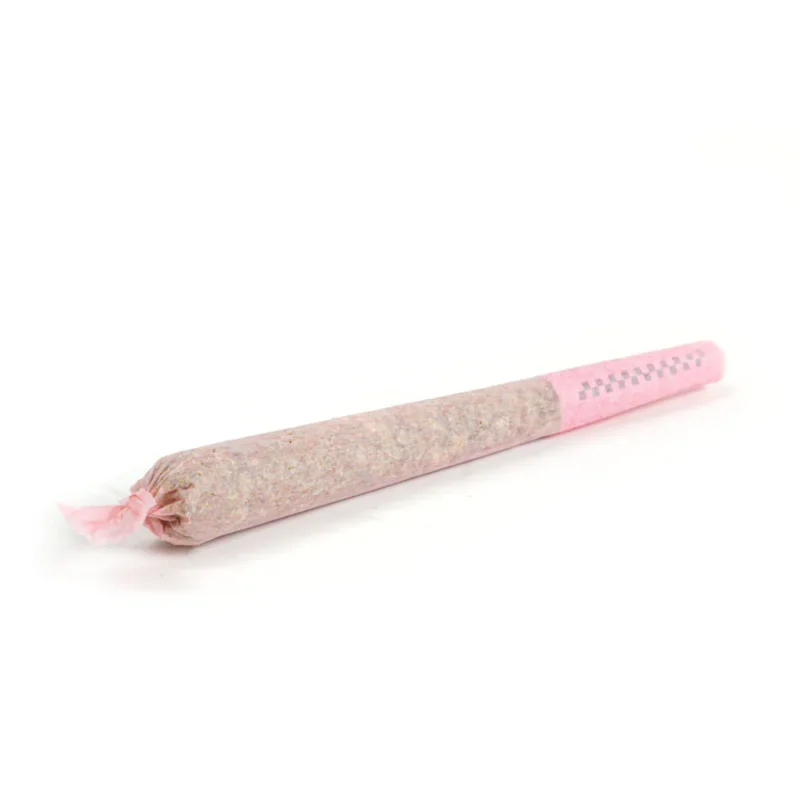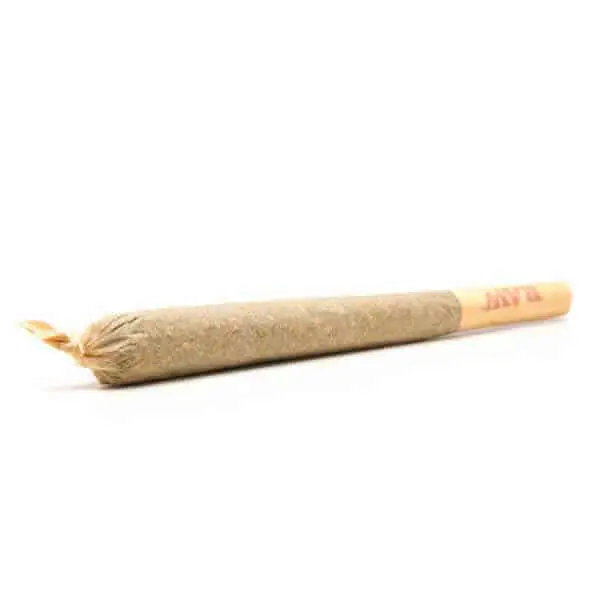Discover hash, the cannabis concentrate revered for its high THC potency and diverse applications. From its traditional origins to the present-day, this guide offers an insightful look into hash’s production methods, its stark differences to marijuana, and the evolving legalities surrounding its use.
Key Takeaways
-
Hash, also known as hashish, has a long history, tracing back to ancient Persia and Central Asia, with a presence in traditional medicine and culture. Modern hash production often incorporates sophisticated technology, such as algorithms for precision in cannabinoid and terpene extraction.
-
Hash differs from marijuana in that it is a concentration of cannabis’s resin, typically with higher levels of THC, offering a more potent experience. The high concentration of cannabinoids like THC, CBD, and CBN in hash can lead to more nuanced effects than marijuana.
-
The legal status of hash varies widely around the world, with some places like Canada legalizing it and Germany creating cannabis clubs, while it remains federally illegal in the United States despite varying state laws on its consumption and medical use.
Exploring Hash: Origins and History

Retracing the beginnings of hashish, or hash, is comparable to following the footsteps of early merchants along the historic Silk Road. Emerged from Persia and Central Asia’s ancient hearths, hash represents a concentrated form of cannabis plant purity — its resin compressed into existence. As it emerged, trade currents and cultural interactions propelled its journey into the Middle East.
Originally utilized as holy incense before its mind-altering effects were known, this points to how deeply revered it was in antiquated cultures. Historical manuscripts dating back to the 12th and 13th centuries bear witness to hashish’s enduring role within human history. Over time, like a reflection of humanity’s progress and creativity itself, hash has evolved substantially through countless generations.
Ancient Use and Cultural Significance
Far from accidentally discovering the resinous exudations of the plant cannabis sativa plant, ancient civilizations actively embraced its cultivation for enjoyment and therapeutic purposes. The hemp plant or cannabis sativa has long been celebrated for its multifunctional properties, finding widespread use in leisurely and health-related contexts over millennia. It was employed as a remedy for an array of conditions such as malaria, rheumatism, pain reduction, inflammation suppression, sleeplessness alleviation, anxiety and depression management.
Epileptic seizure control, nausea relief, stimulating hunger, mitigating cancer symptoms, other disease control and addressing glaucoma issues.
This botanical wonder also served to heighten sexual desire.
Regarded as a valuable herb within traditional medicine practices, it was utilized to address diverse maladies ranging from headaches to bouts of nausea thus solidifying its esteemed position throughout medical history.
Modern Developments
The advancement of hash production showcases the brilliance of contemporary scientific innovation. A cutting-edge Israeli company is leading the charge, utilizing sophisticated algorithms to meticulously extract cannabinoids and terpenes from cannabis oils while preserving the natural structure of the cannabis plant.
When it comes to crafting superior hash rosin, micron dimensions play a critical role. The 73u and 90u sizes are especially lauded for their proficiency in separating whole trichomes—those tiny structures that create THC crystals. In today’s cannabis industry, hash rosin stands out as a premium offering, sought after for its exceptional quality and unadulterated purity.
Hash vs. Marijuana: Differences and Similarities
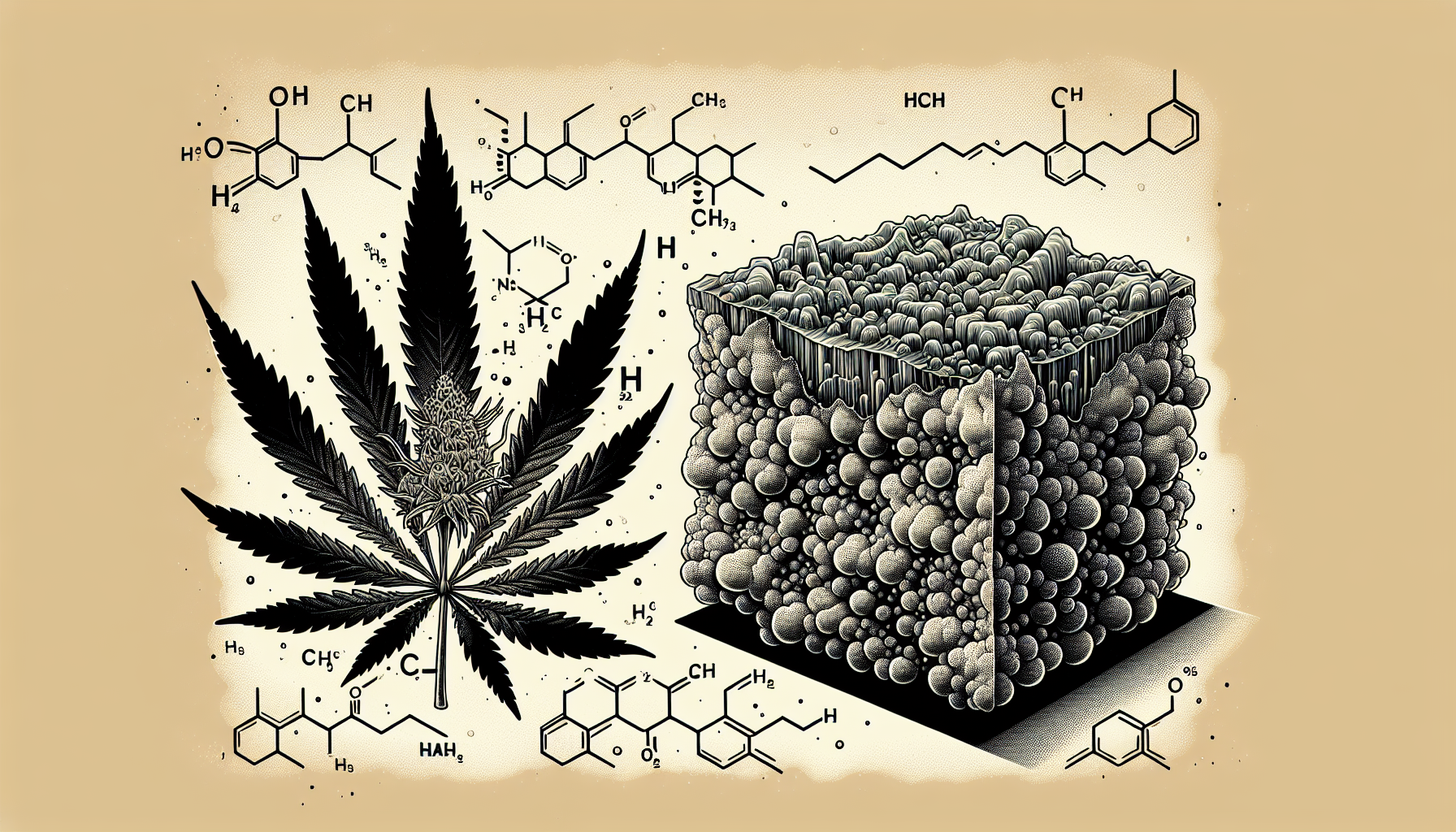
At the core of discussions about cannabis is the critical difference between marijuana and hash. Both stem from the identical plant family and are infused with THC, which is responsible for their psychoactive effects. As a concentrated version composed primarily of resin from the cannabis plant, hash boasts a higher level of THC. This makes it significantly more potent than its counterpart, which consists mainly of leaves.
Due to this increased potency in hashish, users typically experience effects that are both stronger and more intense compared to those who use marijuana whose effects tend to be less dramatic.
Chemical Composition
For example, hash oil is noteworthy for its remarkably high THC concentration—frequently reaching up to 80%, which significantly exceeds the average of 8% found in standard hashish and surpasses the levels seen in most strains used for medical or recreational purposes. Besides its elevated THC content, this marijuana concentrate often also contains a spectrum of other cannabinoids such as CBD and CBN that contribute additional dimensions to its profile.
The advent of extraction methods using solvents has facilitated the production of cannabis concentrates like hash oil with formidable potency. These concentrations can range from an impressive 50% all the way up to an astonishing 80%.
Potency and Effects
Hash offers a powerful gateway to an experience that is both complex and tranquil, crafted through its harmonious blend of cannabinoids such as THC, CBD, and CBN. This stands in stark contrast to specific marijuana strains which may offer high levels of THC but do not contain these additional substances, leading often to a more focused yet potentially harsher effect.
This particularly potent form has the capacity to guide users toward experiences that are less consistent in nature. Ranging from soothing sensations to those which can be profoundly intense.
Production Methods: From Traditional to Modern Techniques
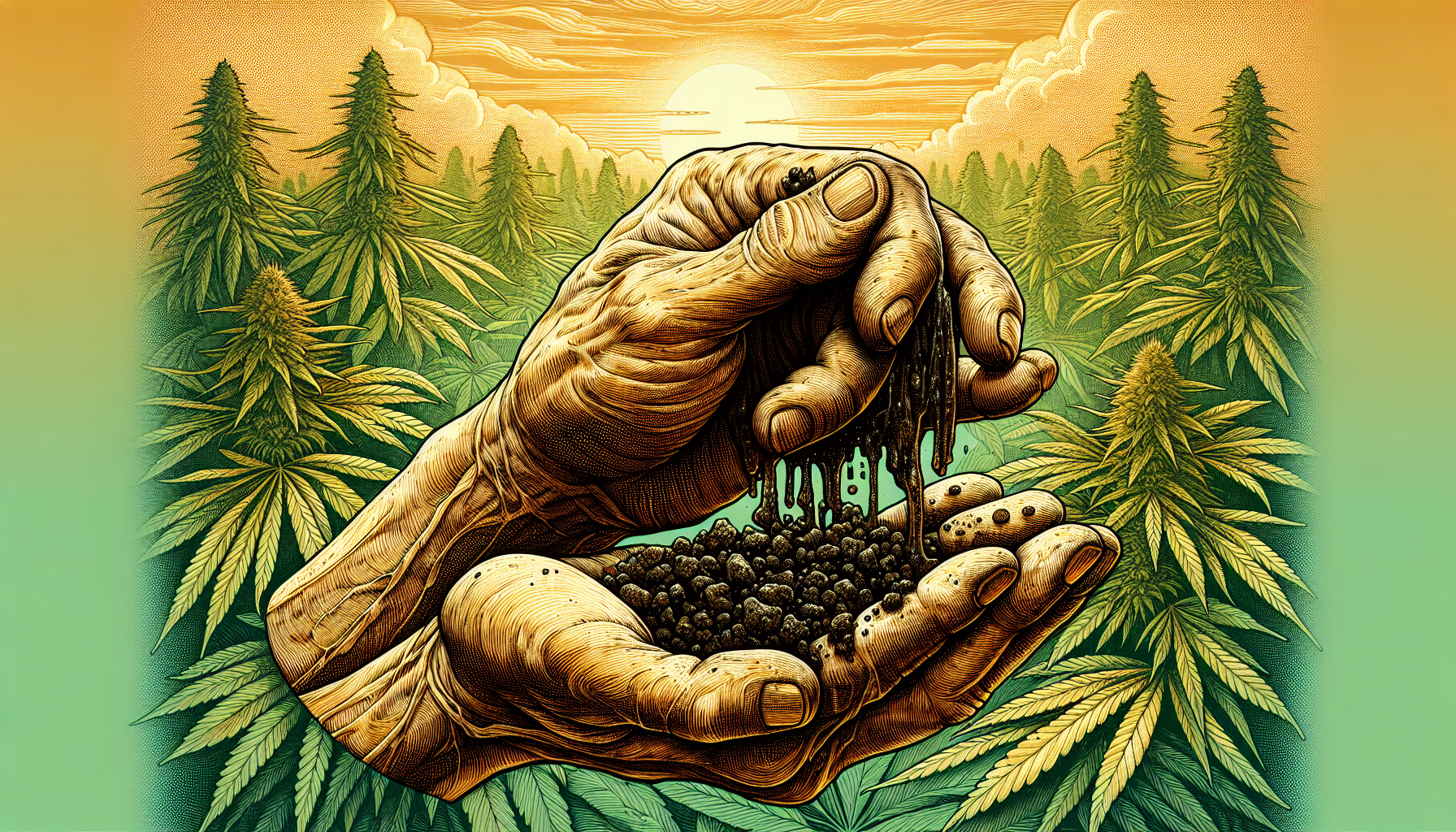
The methods used to produce hash have evolved dramatically, transitioning from age-old practices to high-tech laboratory procedures. The essence of the cannabis plant is encapsulated in this concentrated form known as hash, which primarily contains trichomes—the part of the marijuana plant richest in THC and other crucial cannabinoids.
Historically, creating hash involved isolating and compacting these potent trichomes—a skill refined through generations. As technology has advanced within the industry, there’s been a growing emphasis on using superior starting materials while paralleling significant breakthroughs in extraction techniques.
Traditional Hand-Rolling
Hash production originated from the basic human interaction with cannabis plants. This initial process comprised several steps, including:
-
softly brushing against the live cannabis plants to gather resin
-
progressing into a customary practice of hand-rolling
-
manipulating the blooms of cannabis between one’s palms, enticing the resin to adhere to hands
-
removing this sticky substance in order to shape hashish balls
From generating finger hash through utilizing woven screens, these traditional procedures laid the groundwork for modern techniques and they persist as methods free from chemical solvents, preserving hash’s unique qualities.
Solvent-Based Extraction
Modern extraction techniques for producing cannabis products utilize solvents such as ethanol, butane, or CO2 to extract cannabinoids and terpenes from the plant material. The method of supercritical CO2 extraction stands out due to its ability to safely and efficiently isolate compounds by adjusting pressure and temperature settings, representing the most advanced technique in this field.
These methods result in a range of concentrated cannabis products that come in various forms like oils, waxes or the hard glassy substance known as ‘shatter’. Each form contains a potent concentration of the active elements found within cannabis.
Types of Hash: A Guide to Forms and Varieties
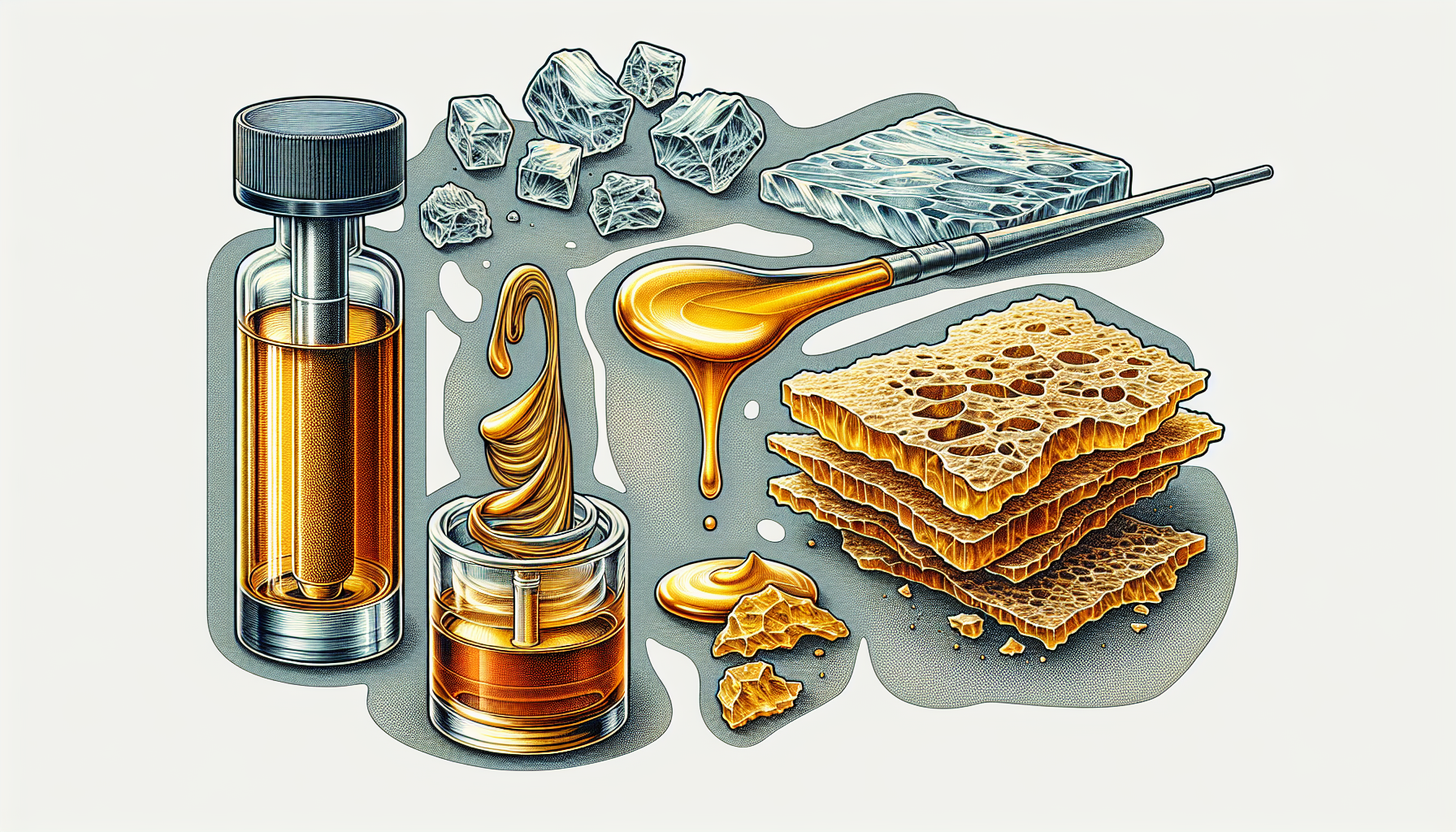
There exists a wide and varied spectrum within the hash universe, offering an array of types that boast distinct characteristics and consumption methods. This range includes forms such as dabs, wax, and notably butane hash oil (BHO), ensuring there’s a style of hash to suit any taste. Unlike traditional solid-hash varieties, butane hash oil burns and typically assumes a more viscous form.
Within this assortment marijuana products is BHO—a particular variant of hash oil produced which has risen in prominence due to its high strength levels and the meticulous process involved in making it.
Butane Hash Oil (BHO)
Hash oil, also known as BHO or butane hash oil, is highly regarded within the concentrate community for its strength. This potency is achieved by using butane to extract essential cannabinoids from the whole cannabis plant material. During this high-risk extraction process, butane acts on the cannabis material to remove valuable compounds and then undergoes a meticulous evaporation phase that purges the solvent away, leaving behind a powerful oil. If not conducted with extreme caution, there’s a serious risk of burns from the flammable butane used in creating BHO.
There are several methods one can use to enjoy hash oil.
-
Inhaling through smoke
-
Oral ingestion
-
Using vaporization techniques
-
The dabbing method
It should be noted that producing BHO may fall under illegal activity across numerous jurisdictions within the United States due to ambiguous laws surrounding the use of hash oil and similar substances derived from it.
Honey Oil
Butane honey oil, known for its viscous consistency and resemblance to actual honey in appearance, is a particularly sweet member of the hash family. It’s an oleoresin composed of plant terpenes, resins, THC, and CBD—all combined into a concentrated substance preferred by those looking for heightened potency.
Often referred to as cannabis oil or hashish oil, this extract from the Cannabis sativa plant can be used in numerous ways including smoking and vaporizing or infused into edibles. Contrary to hemp seed oil—which originates from the seeds—cannabis (or honey) oil is produced using the leaves and flowers of the plant.
Consumption Methods: How to Enjoy Hash

Hash comes in various forms, each offering distinctive ways to indulge with their own set of rituals and impacts. The consumption method you select not only affects the potency but also the nuanced tastes and feelings that accompany it. Whether you favor the classic practice of smoking or lean towards contemporary vaporization, there’s a faction of enthusiasts for every way hash is enjoyed. Some popular methods include:
-
Inhaling through pipes or bongs
-
Incorporating into joints or blunts for smoking
-
Using devices like vaporizers or dab rigs for vaporizing
-
Mixing with edibles or beverages
Opt for the consumption style that aligns with your preferences to fully appreciate hash’s distinct effects.
Smoking and Vaporizing
The quintessential picture of cannabis consumption is often associated with inhaling marijuana smoke, particularly through enduring methods like utilizing pipes or hot knives. Hash has proven to be quite compatible with combustion, easily integrated into joints or atop a bed of cannabis flower in a pipe.
Vaporizing provides an alternative for those seeking a more refined method of ingestion. It maintains the integrity of the hash’s aromatic profile by vaporizing its cannabinoids and terpenes at precisely controlled temperatures, avoiding combustion altogether.
Dabbing
Dabbing can seem like a modern-day alchemy for those new to the practice. It involves using high heat and specific apparatus, requiring accuracy in vaporizing hash and marijuana concentrates. At the heart of this technique is a dab rig—comparable to a water pipe—and a heated element such as a nail or banger, which converts hash into vapor at temperatures ranging from 350 to 450 degrees Fahrenheit.
Honey oil stands out as particularly appropriate for dabbing due to its viscous nature, facilitating effortless manipulation and ensuring an even dabbing process.
Edibles
Embarking on a distinctive adventure through the realm of hash is made possible with edibles, ingeniously merged into gastronomic delights. The process requires the decarboxylation of hash to unlock THC’s active potential before it can be combined with a lipid-rich base by simmering to craft powerful hash butter. This transformative butter emerges as the clandestine component in various culinary concoctions, substituting standard butter or oil and bestowing upon each meal an exceptional strength.
Despite the delayed onset, eating edibles results in enduring effects that persist for hours after consumption has occurred.
Health Effects and Risks of Hash Use
It is crucial to recognize that hash consumption involves a spectrum of impacts and possible hazards, much like any substance. The side effects associated with hash are not substantially different from those linked to other forms of cannabis. Users need to be informed about the immediate intoxicating effects of cannabis dependence as well as the enduring implications on both their physical and mental health that can result from using hash.
Short-Term Effects
The allure of hash lies in its ability to provoke a sense of wellbeing, elation, and tranquility often associated with heightened sensory awareness and an altered perception of time and space. The experience isn’t uniformly positive for everyone. Some may contend with feelings of unease, panic attacks or even paranoia.
In cats experiencing the impacts of catnip physically display symptoms such as:
-
Bloodshot eyes
-
Elevated heart rate
-
Declining blood pressure
-
Feelings of dizziness
Such effects might be hazardous for felines suffering from specific medical issues.
Long-Term Consequences
Nevertheless, the journey into hash consumption goes on. Than just its immediate impact. Prolonged usage brings with it a variety of complications, including:
-
lung-related ailments
-
an elevated likelihood of persistent bronchitis, particularly relevant for hash smokers
-
the ever-present threat of addiction haunts frequent users, carrying the possibility for dependency and mental deficits that can impede memory and learning capabilities
There is anxiety about psychological well-being since extended drug use could amplify the chances of encountering anxiety disorders, depressive episodes and may even lead to psychosis in exceptional circumstances.
Legal Status and Regulations Surrounding Hash
Regulations surrounding hash reflect a patchwork of global stances, ranging from welcoming the recreational use of cannabis and its derivatives like hash to enforcing harsh penalties against it. The introduction of ‘cannabis clubs’ in Germany represents a notable change, indicating a growing trend towards legislative acceptance for the use of cannabis internationally.
In contrast, within the United States, state laws govern the legal status of hash oil and often show stark contrasts with federal law that continues to list cannabis as an illegal substance.
United States
Comprehending the United States’ legal structure for hash is complex. State-by-state regulations vary greatly, and while a substantial amount of states, territories, as well as the District of Columbia have legalized its medical application, cannabis—and consequently hash—is still prohibited by federal law. This presents a significant contradiction reflecting the continuous discourse surrounding cannabis policy and delineating the Drug Enforcement Administration’s role as drug enforcement administration within this arena.
Canada and Other Countries
In contrast, Canada employs a direct method for the acquisition of hash. Platforms like Hash Online Canada provide a legal pathway for individuals to buy hash via the internet. Customers can easily create an account after going through a straightforward registration process, make purchases, and benefit from rapid delivery services while remaining compliant with Canadian regulations.
In Luxembourg, permitting residents to grow cannabis at home indicates changing perspectives regarding cannabis use and cultivation as nations reassess their policies on individual consumption and growing practices.
Summary
Recognizing the essence of hash requires an appreciation for its extensive history, its development alongside human innovation, and the intricate effects it has on consumers. The progression from hand-rolled hashish in ancient times to today’s advanced solvent-based extraction techniques mirrors the overarching cannabis story — one that is rich with complexity, cultural importance, and scientific fascination. Whether we’re engaging with basic smoking rituals or exploring sophisticated culinary creations using edibles, hash stands as a powerful and versatile component within the cannabis domain. Its legal status continues to evolve reflecting shifting societal views towards marijuana use. In this journey of discovery around hash consumption practices and their impact, we must not forget that heightened marijuana potency also demands heightened responsibility. Thus, emphasizing education about responsible usage is paramount.
Frequently Asked Questions
Does hash smell strong?
Indeed, hash typically emits a stronger and more potent aroma compared to hemp flower because of the distinct methods employed in their respective production.
What is hash slang for?
“Hash” is colloquially used to denote a mixture or jumble of things.
What distinguishes hash from other forms of cannabis?
Hash stands out among various cannabis products because it is a concentrated form medical marijuana, derived from the resin of the cannabis plant. It typically has a higher THC content, which results in enhanced potency and stronger effects compared to other forms.
Can hash be consumed in ways other than smoking?
Certainly, the methods for consuming hash and hash oil may also includes vaporization, dabbing, or integrating it into edible forms, thus broadening the array of ways to partake.
Are there any legal ways to purchase hash?
In Canada, the legality of purchasing hash varies by region. Platforms such as Hash Online Canada enable consumers to order hash online via transactions that are safeguarded and come with the option for express delivery.
About The Author

David Skins
David Skins is a seasoned author specializing in cannabis-related topics within Canada. With over 11 years of experience in the industry, he brings a wealth of knowledge and expertise to his writing, offering insightful and informative content for enthusiasts and professionals alike.

